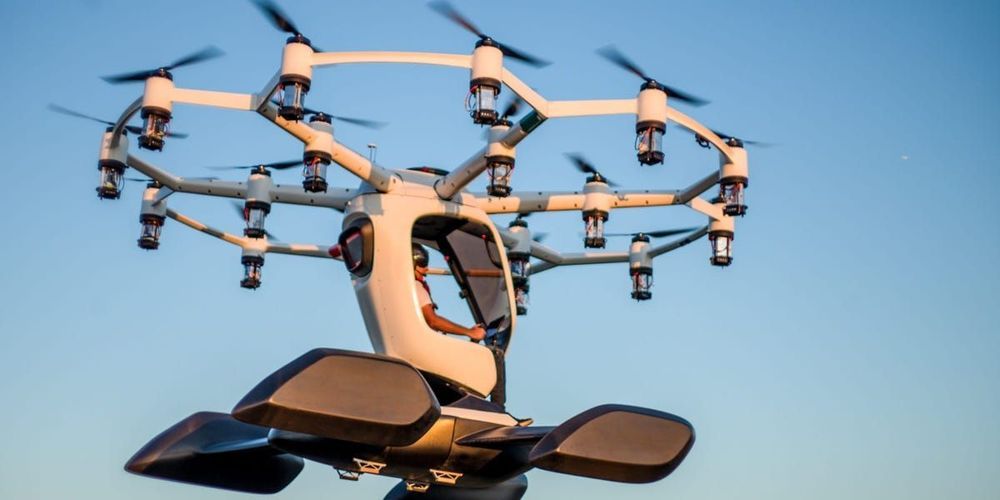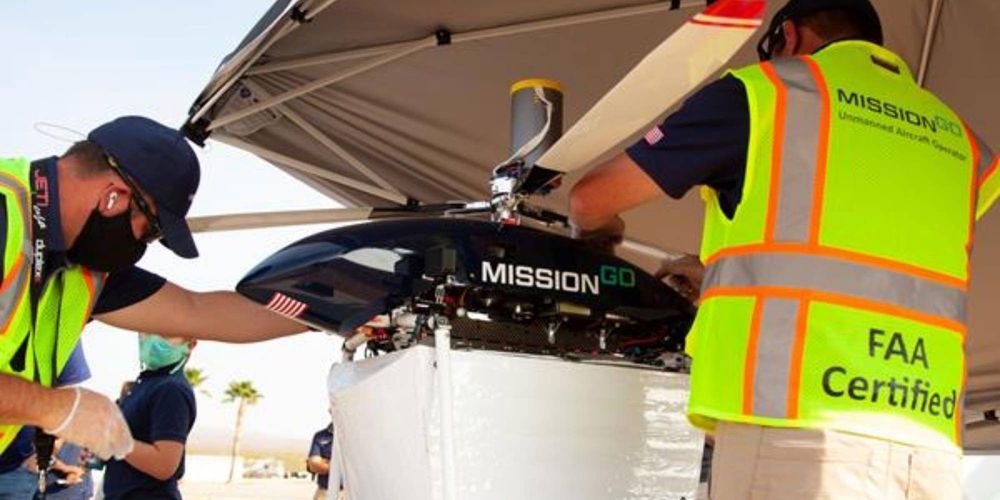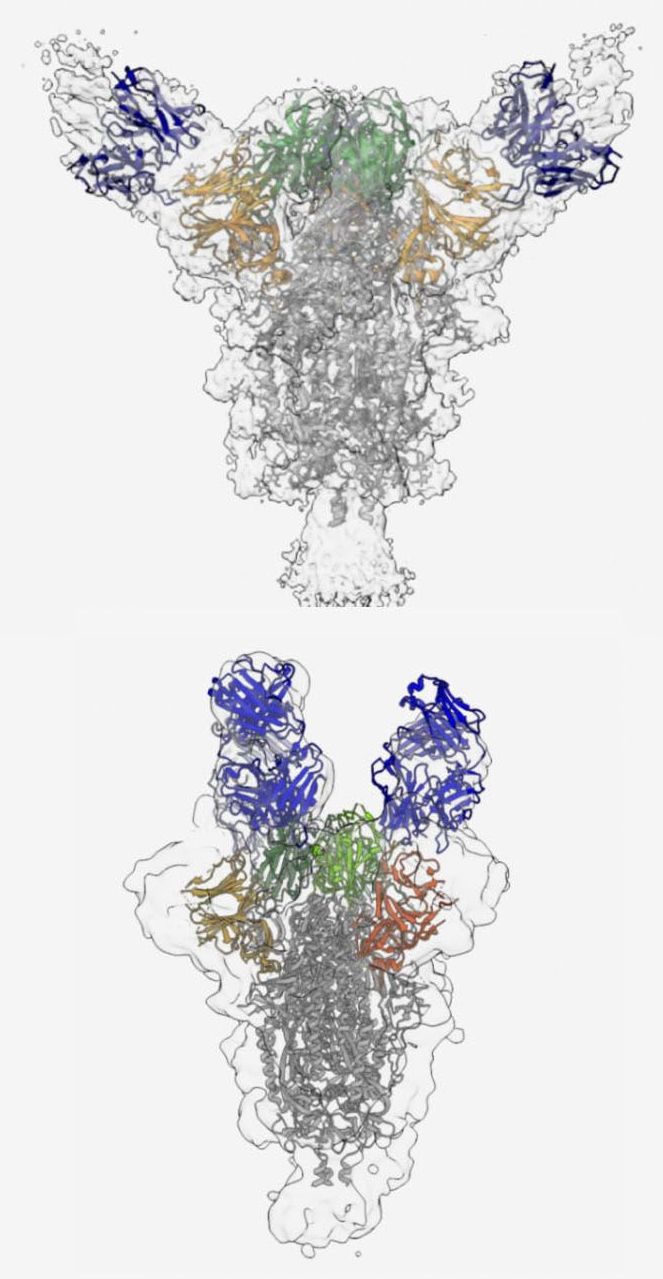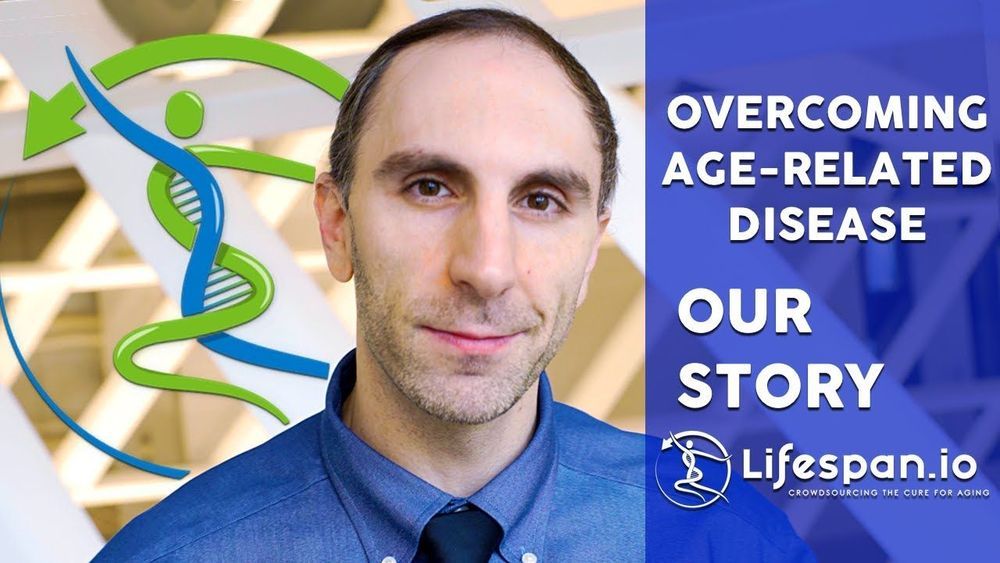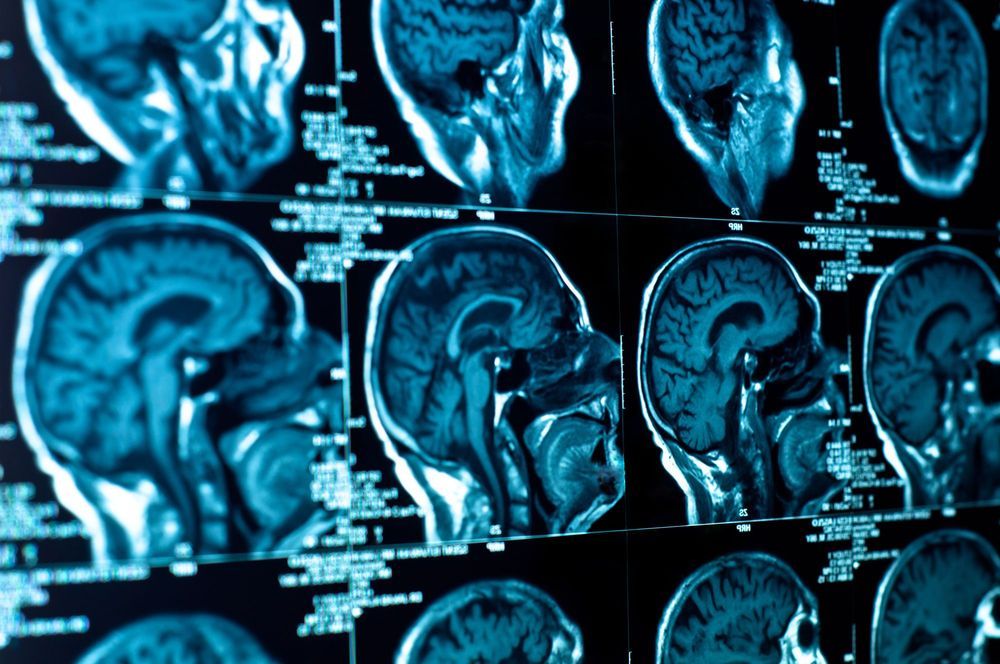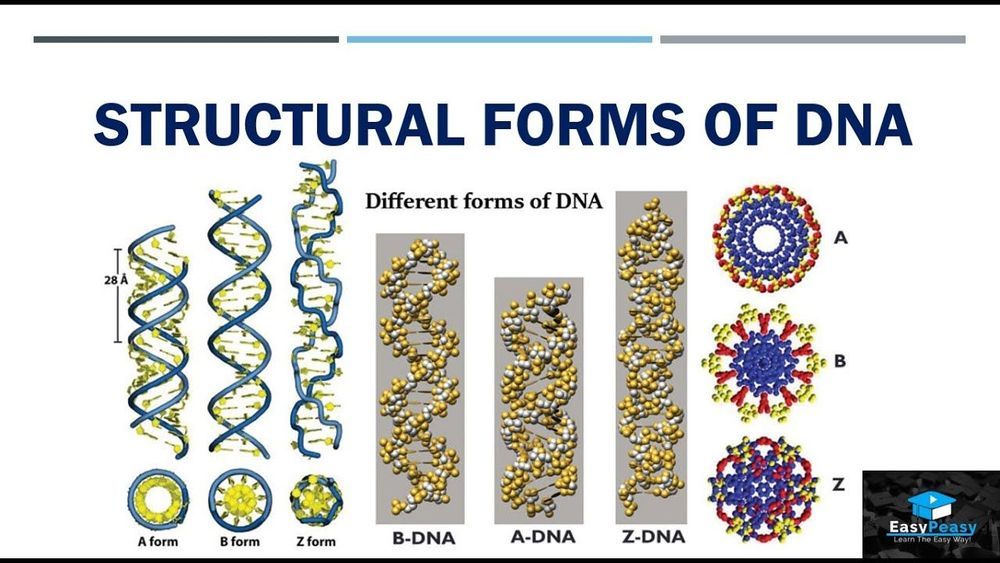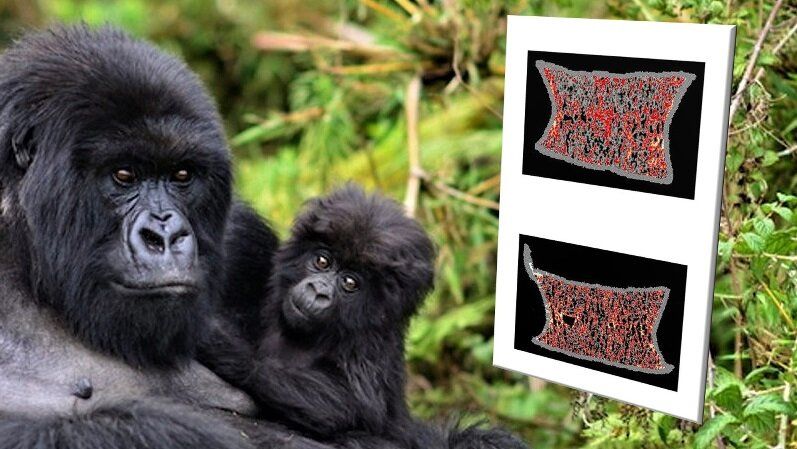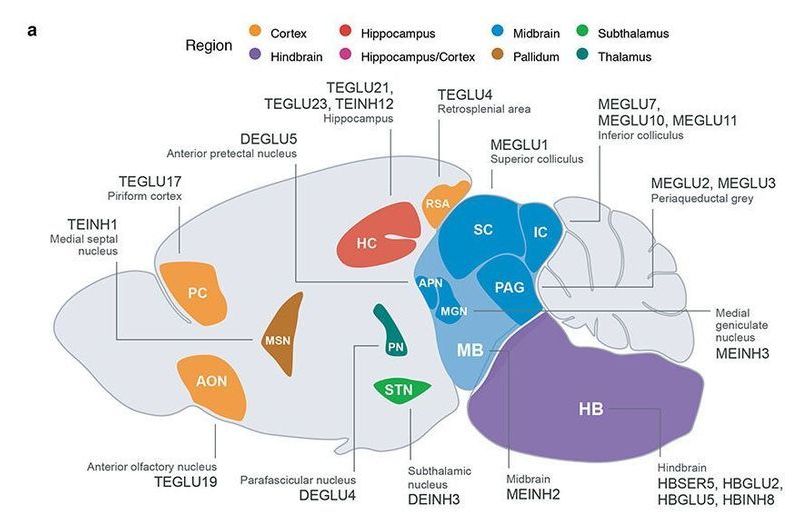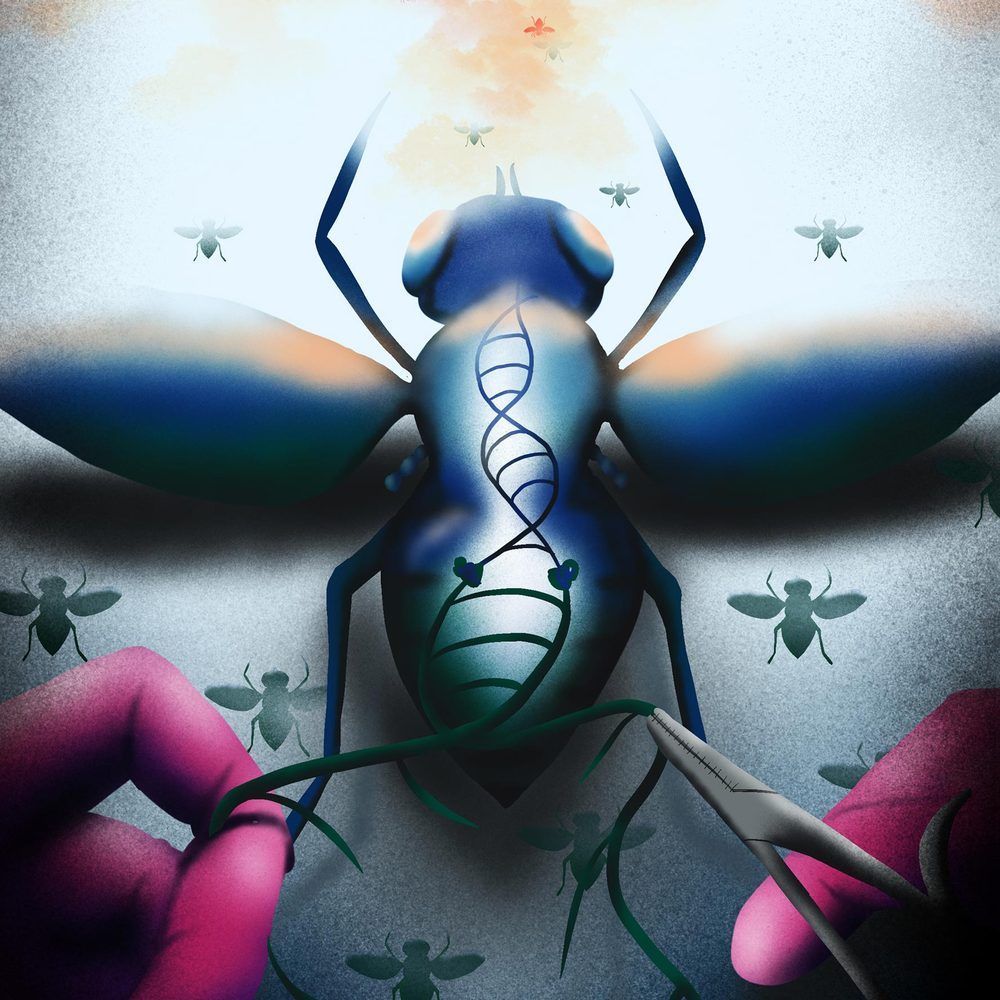Oct 1, 2020
This company is selling $500,000 flying vehicles that look like giant drones and can be flown without a pilot’s license
Posted by Quinn Sena in categories: biotech/medical, drones
Austin startup Lift Aircraft calls Hexa, its electric vertical takeoff and landing (eVTOL) aircraft the future of personal flight. So far, it’s been compared to a drone and a flying car.
Hexa is essentially a recreational vehicle for the air, able to fly in 15-minute intervals at low altitudes. Lift plans to market them to millennials with disposable income and anyone chasing adrenaline, because a pilot’s license isn’t required. The COVID-19 pandemic delayed plans, but Lift still says it will be touring locations across the US where anyone meeting height, weight, and age requirements can pay to fly. As of November 2019, Lift says it had more than 15,000 flights on a waitlist to ride Hexa.
The company is also selling a small number of Hexas to buyers who will then rent them out. They cost $495,000, and only five are still available.
